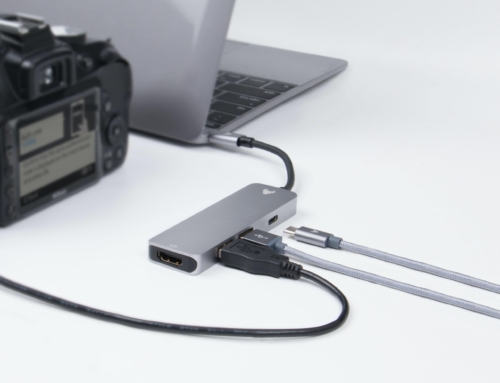Dating apps have become a ubiquitous part of modern dating culture. They have revolutionized the way we meet and connect with potential partners, making it easier and more convenient than ever before. In this blog post, we’ll take a closer look at how dating apps work and the technology behind them.
The first step in creating a dating app is to define the target audience and the features that will be offered. Most dating apps target a specific age group and demographic, such as young professionals or people looking for serious relationships. The features offered can include things like swiping to indicate interest, messaging, video chat, and matching algorithms. This can also include a variety of filters that can help users narrow down their search and find more specific matches. For example, a dating app targeting LGBTQ+ community may offer a filter for users to indicate their sexual orientation and gender identity.
Once the target audience and features have been defined, the next step is to design and develop the app. This typically involves a team of designers and developers working together to create a user-friendly and visually appealing interface. The app’s navigation and layout should be intuitive, making it easy for users to find what they’re looking for. It’s important for the app to be responsive and adaptable for different devices, whether it’s a mobile phone, tablet or desktop. This ensures that the app is accessible to as many people as possible.
The heart of any dating app is its matchmaking algorithm. The algorithm is responsible for matching users based on their preferences and behavior. This can include things like age, location, interests, and hobbies. The algorithm takes into account the information provided by the user, as well as their activity on the app, such as the number of matches and messages they have exchanged. Additionally, some dating apps also take into account users’ browsing history, and use that data to suggest matches that might be relevant to them.
The matchmaking algorithm uses a combination of machine learning and data analysis to make predictions about who a user is likely to be compatible with. The more data the algorithm has to work with, the better its predictions will be. This is why many dating apps encourage users to fill out their profiles as completely as possible. Additionally, dating apps also use behavioral data such as a user’s swiping and messaging patterns to refine their matchmaking algorithms. For example, if a user tends to swipe right on people with a certain type of job or education level, the algorithm may use that information to suggest similar matches in the future.
Once a match is made, the app facilitates communication between the two users. This can be done through in-app messaging, video chat, or other features. Some dating apps also offer the option to share additional information, such as social media profiles or links to other websites, to help users get to know each other better. This can be helpful for users who want to verify that the person they’re talking to is who they say they are, or for people who want to learn more about their potential match before meeting in person.
In addition to matchmaking and communication, many dating apps also offer additional features to help users find the right match. These can include things like “boost” features that allow users to get more visibility on the app, or “superlike” features that allow users to indicate that they are particularly interested in someone. Some apps also offer the option for users to attend virtual events or activities, which can be a great way for people to meet new people in a safe and controlled environment.
One of the most important aspects of a dating app is the user’s privacy and security. Dating apps collect and store a lot of personal information, so it’s crucial that they take steps to protect this data. This includes using encryption to protect user data and implementing measures to detect and prevent fraud. Additionally, dating apps should have clear and easy-to-understand privacy policies that explain what data is collected, how it’s used, and who it’s shared with. They should also give users the ability to control their privacy settings, such as choosing who can see their profile or what information is visible to others.
Dating apps also have to deal with a number of legal and ethical issues. For example, they are required to comply with data protection laws and regulations, such as the General Data Protection Regulation (GDPR) in the European Union or the California Consumer Privacy Act (CCPA) in the United States. They must also take steps to prevent the spread of misinformation or hate speech, and to moderate content to ensure that it’s safe for users.
Another important issue that dating apps need to address is the potential for harassment and abuse. Online dating can be a great way to meet new people, but it can also be a breeding ground for trolls and harassers. Dating apps need to have robust systems in place to detect and prevent abuse, and to provide users with tools to report and block other users who are behaving inappropriately.
In conclusion, dating apps have changed the way we meet and connect with potential partners. They use a combination of machine learning and data analysis to match users based on their preferences and behavior, and offer features such as messaging and video chat to facilitate communication. However, it’s important to keep in mind that dating apps also come with a number of legal and ethical considerations, including protecting user privacy, preventing the spread of misinformation or hate speech, and ensuring user safety. As the technology and industry evolve, dating apps are also facing new challenges and opportunities such as video dating, virtual events, and more. As always, the key for dating app providers is to strike a balance between innovation and responsibility.
Do you want to be more versed in tech? Woz Partner Institutions is ready to help you kickstart your journey and a new tech career. We offer ten courses for 33 weeks to help you start your journey. Get in touch with us for more information.




